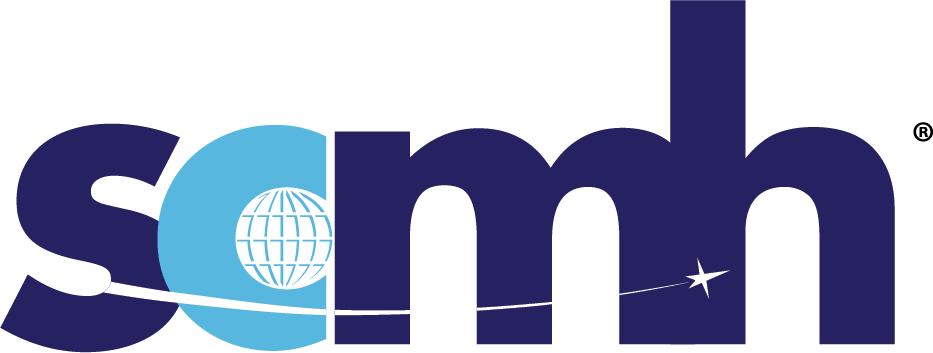Customer Support
Supporting the final customer/operator of the product to ensure smooth product entry into service and end-user satisfaction during the in-service phase. This includes maintenance, repair, and overhaul of products, provision of spares, technical assistance, training, and operational documentation, product monitoring including in-service data feedback and analysis, and management of off-site activities.
This guidance material was developed to address all required organization set-up and deliverables to be provided by Original Equipment Manufacturers (OEM) in order to avoid and address difficulties encountered by the end customer after product entry into service where in-service support from the OEM is required, such as;
-
- External events potentially affecting product integrity or continued operation of the product, such as a non-conforming product, a failure upon installation, feedback from the operator or from a monitoring device installed on the aircraft or engine, etc.
- Unexpected conditions of product’s preservation, storage, use, misuse or misunderstanding of the maintenance instructions;
- Unexpected malfunction of the product itself during its operation resulting in poor reliability.
- New modification introduction where the customer requires on-site training on its implementation.
The treatment of in-service issues which might be discovered after product delivery, while in operation, is a strong contributor to customer satisfaction and it is therefore required to assess its performance and to continually improve. In-service support may cover the following activities:
-
- Daily Support and Repair Activities (e.g. engineering support, logistics support, training, Instructions for Continuing Airworthiness, Ground Support Equipment)
- Problem Support Activities and Investigation of In-Service Issues
- Managing of Off-site Work at Customer’s Location
- Collection and Analysis of In-service Data
- Managing of Retrofit Program
- SCMH 6.1.2 Daily Support and Repair Activities Rev B 8DEC2021
- SCMH 6.1.3 Problem Support Activities and Investigation of In service Issues Rev B 8DEC2021
- SCMH 6.1.4 Managing of Off-site Work at Customer's Location Rev B 8DEC2021
- SCMH 6.1.5 Collection and Analysis of In-service Data Rev B Dated 8DEC2021
- SCMH 6.1.6 Managing of Retrofit Program Rev B 8DEC2021
IAQG standards AS/EN/JISQ/SJAC 9100, 9110 and 9120 require every organization to continuously improve their performances and determine actions to ensure these performances are in line with targets defined by internal and external stakeholders.
IAQG Product and Supply Chain Improvement Strategy Stream has identified a list of most commonly used Key Performance Indicators (KPIs) covering the main domains of the supply chain (‘Customer metrics’, ‘Engineering and Product Development’, ‘Program Management’, ‘Manufacturing and Production’, ‘Supplier Management’, and ‘In-Service – feedback from operations’).
Use of these KPIs should support harmonization and reduction of customization of these KPIs between the entity establishing them and its different internal and external customers.
Each KPI is listed on a single page and provides the following information: KPI Name; KPI Abbreviation; KPI Description; KPI Formula; KPI Unit of measure; and Detailed explanations.



